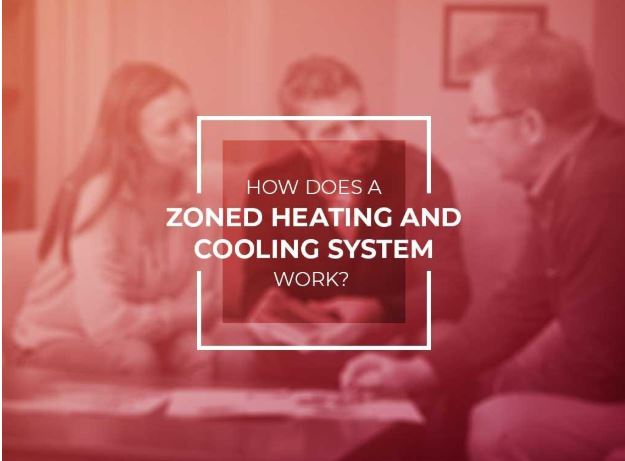While installing a new air conditioning or heating system does constitute a full HVAC system, you may be missing out on better options simply because you’re not aware of how they work. To fine-tune your heating and cooling throughout your home, zoning is the perfect solution.
McMaster Heating and Air Conditioning has been installing such systems for years. In this post, we can introduce you to the fundamentals of a zoning system.
Ducts and Dampers
A zoned heating and cooling system isn’t that different from centralized air conditioning, but it does have some important differences. Instead of the regular ducts that simply distribute the air throughout the home, you get ducts with special dampers. These dampers help regulate the desired temperature in specific rooms. This way, two areas or rooms of the house could have completely different temperatures, which is ideal if one room is not occupied.
Being able to implement different temperatures is a more efficient use of energy. In fact, the Department of Energy states that doing so can shave up to 30% of your energy bills every month.
Programmable Thermostat
In addition, a zoned heating and cooling system requires a special type of thermostat that can control the temperature in each room. This thermostat must be able to keep the HVAC unit, dampers, ducts, and other parts of the system working together to create the right temperatures in each room.
In the Zone With McMaster Heating and Air Conditioning
A zoned heating and cooling system gives you unprecedented control over your home’s temperature, room-by-room, for great cost savings on energy. Contact an HVAC professional, like McMaster Heating and Air Conditioning, to request a consultation in the Irvine area. You can reach us at (949) 481-7995. You can also fill out our form here to get started.














